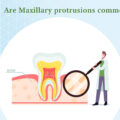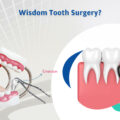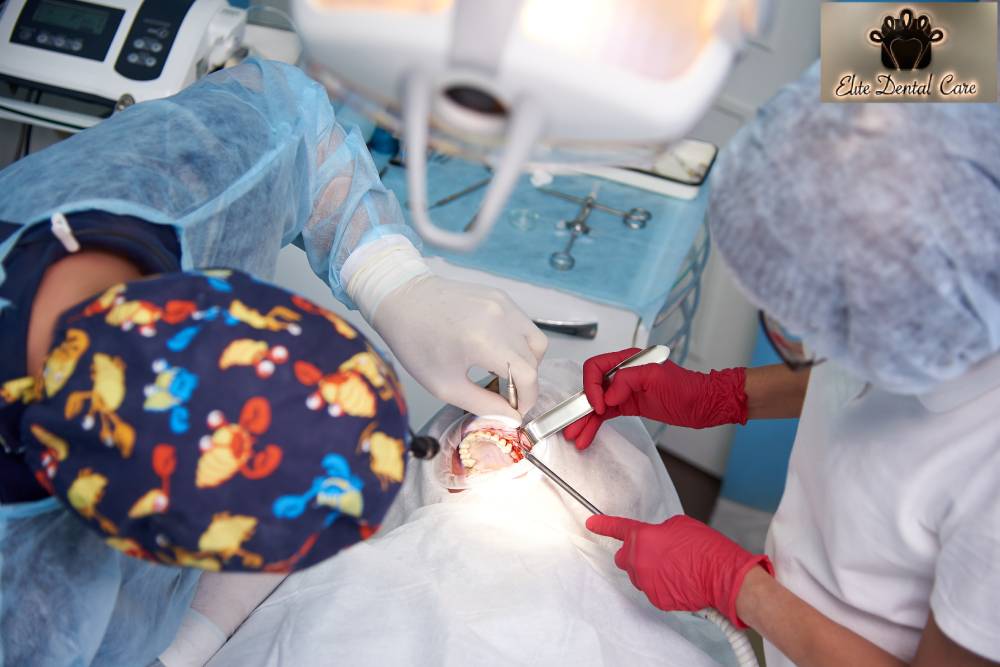
Uncategorized
edental
6 January 2020
Sinus Lift Surgery, Complications & Recovery – Elite Dental Care Tracy
Sinus Lift Surgery, Complications & Recovery:
if we take a glance through the advancements over the last decade,
We know that dental implants are one of the successful outcomes in dentistry.
These enhancements come with limitations in some cases.
For example, the dental implants need strong jawbone support to get implanted or else the procedure will be a failure.
In our hospital We come across some patients who do not have teeth and proper jawbone, but they want to regain their smile back by undergoing the dental implants procedure.
For such patients we suggest sinus lift surgery before we follow dental implants procedure.
A brief notes on Sinus lift:
Sinus lift:
A sinus is an empty space connecting with nasal cavities in the face. A Sinus lift is a procedure of adding bone to the upper jaw area of molars and premolars.
Bone is added on either side of the nose that is between your jaw and maxillary sinuses.
To allocate space for this extra bone the sinus membrane has to be separated from the jaw and lifted upward.
This procedure is done by a periodontist, oral surgeon or a specialist.
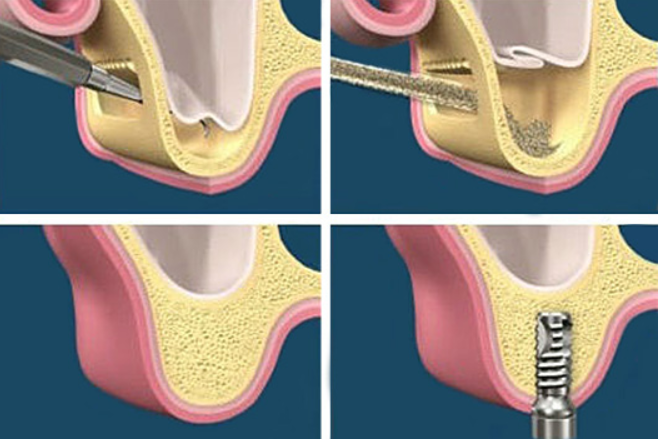
Sinus Lift Surgery
Why Sinus lift Surgery?
We suggest a Sinus lift surgery to
patients who do not have proper bone height to fit the dental implants in the upper jaw.
Some patients have sinuses very close to their upper jaw which hurdles the dental implants.
Some reasons that insist for Sinus lift surgery:
- If the bone is lost due to periodontal (gum) diseases.
- Tooth loss may have led to bone loss as the body starts reabsorbing the bone if it has been long time you lost your tooth, then there might not be enough bone for doing dental implants process.
- shape and size of sinus vary from person to person, if the maxillary sinus is too close to the upper jaw line, sinus lift surgery is needed.
- There are chances where sinus grows in size with age.
- Naturally, back portion of the upper jaw has less bone when compared to lower jaw so to add extra bone sinus lift surgery is needed.
- Due to some injury on the jaw portion of the face.
Sinus Lift Procedure:
There are two approaches for Sinus lift procedure one is Direct (Lateral window technique) and the other is Indirect (Osteotome technique)
Direct (Lateral window technique):
Initially, surgeon gets to the area of back teeth cuts the gum tissue and raises the tissue up which exposes the bone of sinus.
An oval shaped window which is very small is opened on one side of the bone, this exposes a membrane lining called Schneiderian membrane.
The window made by the surgeon separates your jaw from the sinus membrane.
Surgeon pushes this membrane upward, away from the jaw very gently and creates space for the extra bone.
Granules of bone are pouched in the empty space where the sinus was and puts back the bone in its place.
Closes the raised tissue with stitches.
Addition of the size of bone differs from patient to patient and depends on the requirement.
Materials use to form the additional bone are either one of these, synthetic variants, autograft, allograft, Xenograft, an Alloplast or combination of all these.
After this procedure it takes four to nine months to place the dental implants.
This time gap depends on the size of the bone added and allows the granules to mesh up with the existing bone and heal.
Indirect (Osteotome Technique):
Surgeon will flap back the gum tissue, makes a socket in the bone till it reaches the sinus membrane.
The sinus membrane is now lifted up using Osteotome (instrument use to cut bones beveled on both sides).
Granules of bone are placed in the empty space created after lifting up the sinus membrane.
Surgeon closes the incision.
It takes four to eight months of time for the newly placed bone to merge with the existing bone.
This technique is used when the sinus floor needs to be lifted for less than 4mm and it increases the malleability (quality of a thing that can be shaped into something without breaking).
Sometimes surgeons perform both the techniques and dental implants surgery simultaneously to avoid the surgery for multiple times.
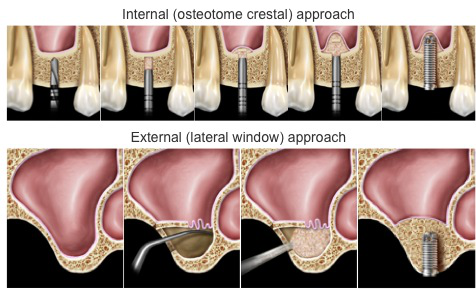
Sinus Lift Surgery Procedure
Risks:
- For any surgical procedures, infections are a big risk which is rare in this case, do take antibiotics to avoid infections.
- During the procedure the sinus membrane may get affected that is, it may be punctured or torn out.
- In such cases surgeon will either stitch or place a patch on the torn/worn part, this repair might be successful or unsuccessful.
Once the sinus membrane is healed, doctor will redo the sinus lift procedure after confirming the strength of the membrane.
- Sometimes the extra bone placed might not merge with the existing bone, this happens very rarely, and dental implant procedure will fail.
In such cases the sinus lift procedure can be repeated.
Sinus lift aftereffects:
You should contact your doctor immediately if you observe these aftereffects of the surgery:
If the bleeding does not stop even after one to two days after the surgery.
Generally, pain and swelling should decrease within couple of days, but if there is limitless pain even after first two days and last for long time.
You will develop fever and cold.
If you feel like the bone is knocked out of the place when you sneeze or blow out your nose.
Blood bleeds in dark red color, oozes out slowly with possible clots.
Precautions:
- Do not sneeze or blow out your nose forcefully as it may loosen the stitches.
- Doctors give saline sprays to keep the inner lining of the nose wet.
- Follow medications strictly to prevent inflammation, pain, congestion.
- Use the doctor’s prescribed antimicrobial mouth washes, antibiotics on time to prevent any sort of infections.
See your dental doctor after seven to ten days, he/she will remove the stitches if they do not dissolve themselves and check the healing status. - Doctor will ask you to visit for few more times to ensure it is healing properly.
- Some surgeons use protein supplements for the growth of bone harder and faster.
For example, Human-recombinant bone morphogenetic protein is approved by The U.S. Food and Drug Administration to use it during sinus lift procedure.
Conclusion:
If you have any missing tooth or lost all the teeth, to avoid Sinus lift surgery act immediately in deciding if you want to have the dental implants or not, because the longer you take to decide lesser is the availability of bone for dental implants.
If you undergo sinus lift surgery, proper after care has to be taken else the procedure will be a failure and the whole process has to be repeated.
